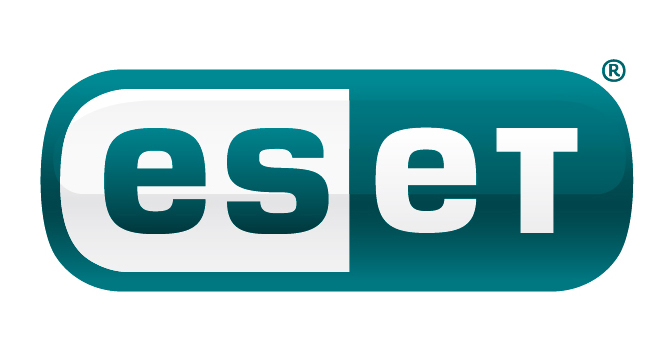Tell el-Retaba
Since 2007 the Slovak Egyptological team has taken part in the joint Polish-Slovak archaeological mission on the very interesting and important site of Tell el-Retaba in the eastern Nile Delta. Both the Slovak and Polish teams work together on unearthing its intricate history. The current research focuses primarily on the Pharaonic fortresses of the New Kingdom. However, other interesting features from different periods of Egyptian history have also been excavated on this site.
SEASONS: 2007,2008,2009,2010,2011,2012

The archaeological site Tell el-Retaba is situated in the ancient Nile valley called Wadi Tumilat, between the modern towns of Zagazig (the ancient site of Bubastis) and Ismailia. This wadi constituted a vital route between the Nile Delta, Red Sea and Sinai Peninsula. For the ancient Egyptians it provided a relatively secure access to raw materials from the Sinai. Furthermore, it secured a passage leading further to Asia Minor. The importance of Tell el-Retaba during the Pharaonic times was highlighted by the existence of water supplies in the immediate vicinity of the site. It seems plausible that an ancient water channel connecting the Delta with the Red Sea was running past this site. Drinkable water supplies were vitally important not only for the soldiers stationed at the fortress, but also for the Bedouins migrating through the Egyptian border in the area of the Bitter Lakes that are nowadays part of the Suez Canal.
Some scholars identify Tell el-Retaba with the ancient city of Pithom (this name is probably derived from the ancient Egyptian name Per-Atum, meaning House (i.e. temple) of Atum). Carved granite blocks depicting the Pharaoh Ramesses II bringing offerings to the god Atum suggest that there once stood such a temple at Tell el-Retaba.
However, the newest finds from Tell el-Retaba show that this site was not always under the rule of the Egyptians. Apparently, the Hyksos occupants played an important role in its history. The Hyksos – still rather mysterious people of an unknown Asiatic origin – gained control in Egypt during the Second Intermediate Period (18th – 16th century BC).
The history of Tell el-Retaba may still go further back in time. It is possible that a fortress belonging to the Middle Kingdom defence system called the Walls of the Ruler once stood there.
Archaeological research at Tell el-Retaba
Tell el-Retaba already received some attention of scholars from different countries prior to our research. The first archaeological excavations on the site were carried out more than a hundred years ago. However, as our research has already shown, there is still a lot to be discovered there.
In the 1880’s the Swiss explorer Édouard Naville carried out the first documented excavations on the site. After him, the famous British archaeologist William Mathew Flinders Petrie, doyen of modern Egyptian Archaeology, explored the Tell shortly (PDF). About 25 years after Petrie, the German Archaeological team worked on the site. The archaeological work was resumed again during three seasons in the 1970’s and 1980’s, with a mission led by Hans Goedicke. Tell el-Retaba was also mentioned in the Canadian Survey of Wadi Tumilat that had taken place in 1980’s. Later on, the site was also sporadically explored by local Egyptian archaeologists.
The joint Polish-Slovak mission has carried out a systematic research at Tell el-Retaba since 2007. Along the more traditional archaeological fieldwork, we also strive to apply modern interdisciplinary scientific methods that enable us to reconstruct the ancient environment of the site in a broader sense and thus gain valuable insights into the life of its ancient inhabitants. Apart from archaeologist, the teams comprise also various other specialists, such as ceramologists, paleobotanists, anthropologists, geophysicists to name a few.
Why have we decided to excavate on Tell el-Retaba?
Our decision was based upon the call of the Egyptian Supreme Council of Antiquities presented by Dr. Gaballa – then a Secretary General of the Supreme Council of Antiquities – at the 8th Congress of the International Association of Egyptologists held in Cairo in 2000. In his call, he stressed the immense importance of rescue excavations in the Delta, where the increasing pressure of growing population and urbanisation requiring access to a more arable land immediately endangers the relics of the ancient civilisation.
Before we started the archaeological research at Tell el-Retaba, we had spent three years looking for a suitable site. These three years were filled with browsing the Egyptological literature, engaging in discussions with other Egyptologists and checking the actual situation on the sites that we considered. At first, our team was interested in Beni Salama located in Wadi Natrun. However, this site was meanwhile taken by another Egyptological team. Other sites were too marked by the passage of time or were too big for the limited financial means of scientific teams from Eastern Europe. In year 2006, the final decision to concentrate on Tell el-Retaba in the north-eastern part of Egypt, 35 km to the East of Ismailia, was made.









